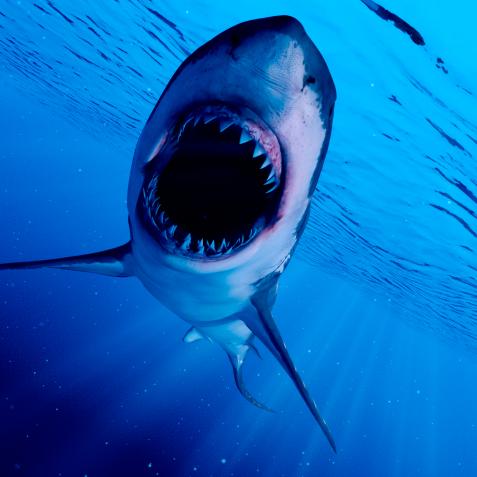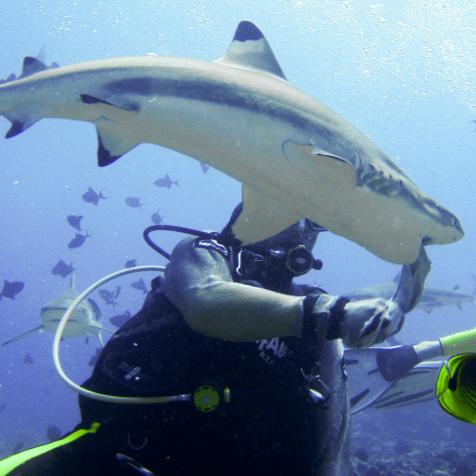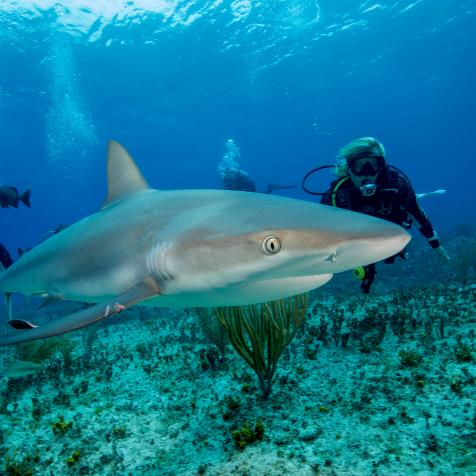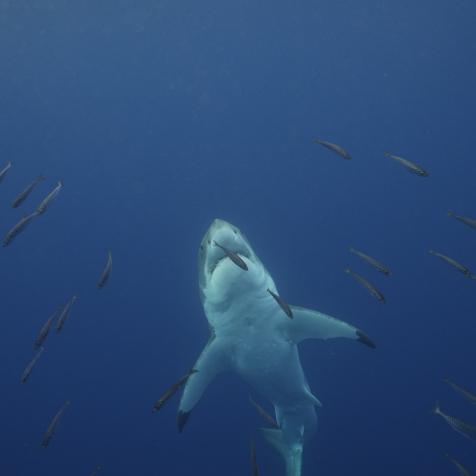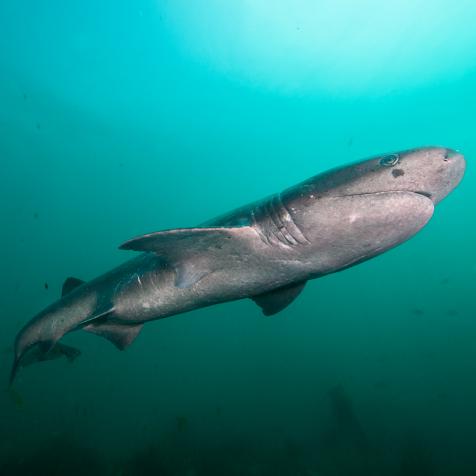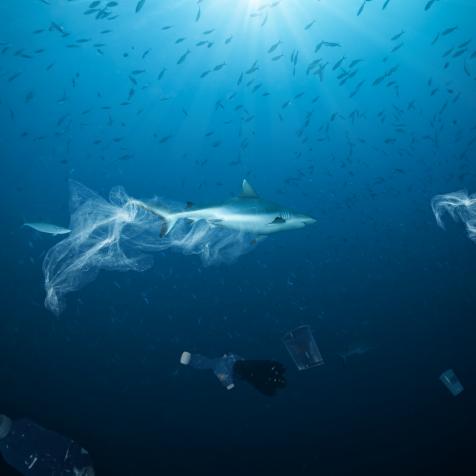
Tandem / USFWS
Welcome to Shark Island: Wake Atoll

One of the largest marine conservation areas in the world is just a handful of dots on a map, six islands spread across more than 490,000 square miles of ocean. I’ve visited two of those six islands, though they are worlds apart.
Palmyra Atoll, which was featured in last year’s Nature in Focus Shark Week episode, has a military history dating back to World War II, but today is exclusively managed as flagship conservation location managed by the US Fish & Wildlife Service and The Nature Conservancy.
Wake Island, which is 2,300 miles away from Palmyra and 2,138 miles from Honolulu, Hawaii, maintains both an active military presence as well as a major conservation effort.
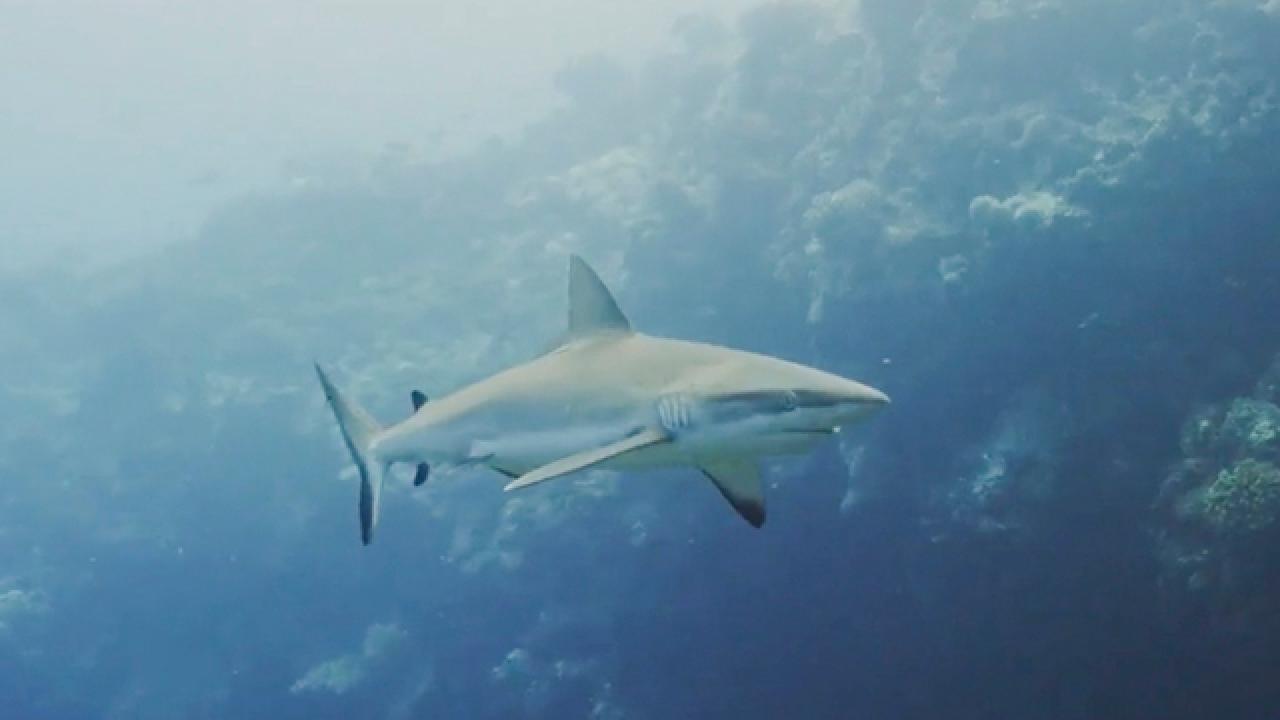
Often referred as Wake Island, it is actually a coral atoll comprised of three islands, with the main island named Wake, and two smaller islands at the tips of the u-shaped atoll named Wilkes and Peale. The archipelago has a variety of overlaying protections that are unique, including the land-based designation as a National Wildlife Refuge, the larger conservation area, which includes the surrounding ocean, as a Marine National Monument and then the most interesting overlay of them all, its role as an active United States Air Force base.
As a photographer visiting the island as part of a project with fish and wildlife, it was the first time I had the opportunity to spend two weeks alongside active members of our military, and not just anyone, but fighter pilots! Wake is a bustling place for fighter jets, transports and many other units of the Air Force to stop, refuel and rest on their way across the the Pacific from mainland United States to Asia.
Our goal was to document the stunning and beautiful conservation areas on the island, especially the massive seabird colony on Wilkes Island. Literally tens of thousands of sooty terns nest here, one of the few times in their lives that they return to nest and mate from a life otherwise spent entirely at sea — 11 other species rely on this spot, including several varieties of the comical and beautiful booby.
And of course… the sharks! When I work on these islands, I often work with a team of people, including the talented James Scott, one of the best underwater cinematographers I’ve ever had the pleasure to spend time with. Together, we plotted how to tackle areas of the island that have rarely — if ever — been dived on before, let alone filmed! Coral atolls often have rough currents along their edges, and can have unpredictable topography along the coral shelf, made further complicated by shipwrecks and other human impacts, including bombing during World War II. With a plan in place, though, we were able to get James into the water for a first look at this beautiful protected marine conservation area.
Conserving Shark Island 24 Photos
Wake Atoll is a coral atoll located in the western Pacific Ocean in the northeastern area of the Micronesia subregion — 1,501 miles east of Guam, 2,298 miles west of Honolulu and 1,991 miles southeast of Tokyo. The submerged and emergent lands at the atoll are a unit of the Pacific Remote Islands Marine National Monument. Welcome to Shark Island.
The biomass, or quantity of marine life we encountered surpassed almost anything we had seen before. Only at other protected islands, like Palmyra Atoll, had we seen anything similar. Numerous species of shark were spotted, including gray reef, black dip, dusky, and possibly even a hammerhead, though it was barely a silhouette in the distance when it was spotted.
Another sign of a healthy ecosystem were the number of smaller reef fish, a key element of a sharks diet. This was reinforced with something very rare to see — a mass spawning event! Both parrotfish and surgeonfish spawned offshore at Wake — a happy accident we were excited to capture on film!
I’m not sure if I will ever have an opportunity to return to Wake, but the memory of working there and witnessing a stunning conservation story along side the brave people of our Air Force is something I will always cherish and am proud to share with the world.
The Shark Atoll of Palmyra
Palmyra Atoll is an uninhabited coral atoll in the Pacific Ocean that is part of a massive oceanic conservation area known as Pacific Remote Islands Marine National Monument. It's vital to the health of our world's oceans and it's filled with sharks.












